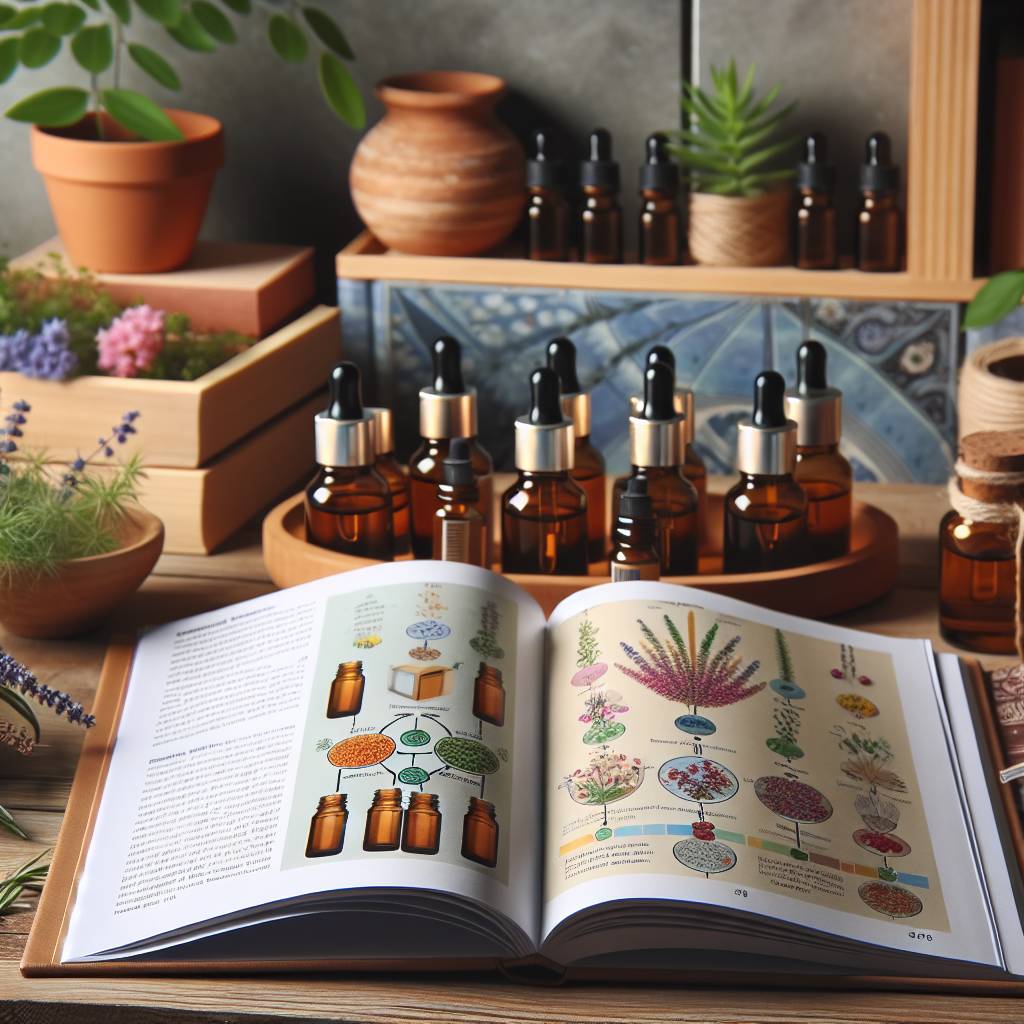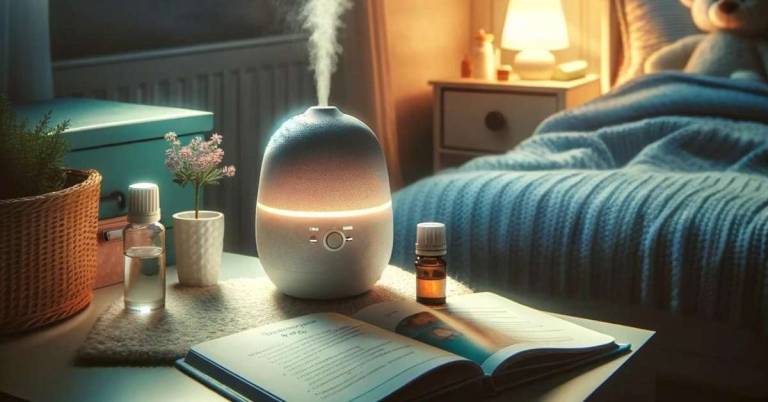Aromatherapy for asthma: Best practices and essential oils
When using aromatherapy for asthma, it’s important to choose essential oils carefully and use them safely. Lavender, eucalyptus, and peppermint oils are often recommended for their soothing properties. Always dilute essential oils with a carrier oil before applying to the skin or using in a diffuser. Consult with a healthcare provider before starting aromatherapy, especially if you have severe asthma or other health conditions.

What is Aromatherapy and How Can It Benefit Asthma Patients?
Aromatherapy is a type of alternative medicine that uses essential oils and other aromatic plant compounds to improve a person’s health or mood. These oils are often inhaled or applied to the skin through massage, lotions, or bath salts. For asthma patients, aromatherapy can offer a sense of relief from symptoms like shortness of breath, wheezing, and chest tightness.
Using specific essential oils can help relax the airways, reduce inflammation, and ease breathing difficulties. It’s important to note that while aromatherapy can complement asthma treatment, it should not replace any prescribed medications or therapies. Consulting with a healthcare provider before starting any new treatment is always recommended.
Which Essential Oils Are Most Effective for Asthma Relief?
Several essential oils are known for their potential benefits for asthma sufferers. Peppermint oil can help by clearing the nasal passages and relieving congestion. Eucalyptus oil is another popular choice; its main component, eucalyptol, may help break up mucus and improve breathing. Lavender oil is well-regarded for its anti-inflammatory properties and ability to promote relaxation and reduce stress-related breathing issues.
It’s crucial for individuals with asthma to choose high-quality oils from reputable sources to ensure they’re getting pure products without harmful additives. Additionally, what works well for one person might not be as effective for another, so experimenting with different oils under professional guidance can help identify the most beneficial ones.
Breathe better with the help of essential oils. Learn about effective oils for lung health and their correct usage.
What Are the Best Methods of Using Essential Oils for Asthma?
The method of using essential oils plays a significant role in how effective they will be for asthma relief. Inhalation is one of the most common methods; this can be done using a diffuser that disperses the oil into the air or by adding a few drops of oil to hot water and inhaling the steam. Another method is topical application, where diluted essential oils are applied to the skin during massage or added to bathwater.
However, it’s vital to dilute essential oils properly before use since they’re highly concentrated substances that can cause irritation if used incorrectly. People with asthma should start with lower concentrations and gradually increase as tolerated under professional advice. Always perform a patch test before applying anything new on your skin.
Are There Any Risks or Side Effects of Using Essential Oils for Asthma?
While many people find relief in using essential oils for asthma symptoms, there are potential risks and side effects associated with their use. Some individuals may experience allergic reactions or skin irritation from direct contact with undiluted oils. Inhaling certain oils too frequently or in large amounts could potentially worsen respiratory conditions by irritating the airways.
To minimize these risks, it’s crucial to use essential oils sparingly and under guidance from healthcare professionals familiar with both aromatherapy and asthma management. Testing small amounts first and paying close attention to how your body reacts will help ensure that aromatherapy provides benefits without adverse effects.
| Best Practice | Essential Oil | Benefits |
|---|---|---|
| Diffusion in air | Eucalyptus | Helps to clear nasal passages and ease breathing. |
| Inhalation via steam | Peppermint | Reduces congestion and opens airways. |
| Topical application (diluted) | Lavender | Promotes relaxation and reduces stress, which can trigger asthma attacks. |
| Avoiding direct inhalation or ingestion without professional guidance | N/A | N/A |
| Maintaining a clean environment for essential oil use (e.g., diffusers) | N/A | N/A |
| Consulting with a healthcare provider before starting aromatherapy, especially for individuals with severe asthma or other respiratory conditions. | N/A | N/A |
| Mixing with a carrier oil for topical application to avoid skin irritation. | N/A | N/A |
| Gentle introduction of new oils to monitor for any adverse reactions. | N/A | N/A |
How Can You Incorporate Aromatherapy into Your Daily Routine to Manage Asthma?
Adding aromatherapy to your daily routine can be simple and enjoyable. Start by using a diffuser in your home, which spreads the essential oil scent through the air. This method can help create a calming environment and may reduce asthma symptoms.
You can also apply essential oils topically after diluting them with a carrier oil. Applying them to pressure points like the wrists or behind the ears can provide relief throughout the day. Remember, it’s important to choose oils known for their respiratory benefits, such as peppermint or eucalyptus.
What Precautions Should Asthma Patients Take When Using Essential Oils?
Asthma patients should always test essential oils on a small skin area before full use. This step helps ensure they don’t have an allergic reaction. It’s also crucial to use high-quality, pure essential oils and avoid synthetic fragrances that could trigger asthma symptoms.
Consulting with a healthcare provider before starting aromatherapy is another important precaution. They can offer advice on which oils are safe to use and how to incorporate them into your asthma management plan without interfering with existing treatments.
Can Aromatherapy Replace Traditional Asthma Treatments?
Aromatherapy should not be seen as a replacement for traditional asthma treatments prescribed by doctors. While it can complement these treatments by helping manage symptoms, it’s not a standalone cure. Medications like inhalers are vital for controlling asthma effectively.
However, incorporating aromatherapy into your routine can enhance overall well-being and potentially reduce reliance on quick-relief inhalers for mild symptoms. Always discuss any changes in your treatment plan with your doctor first.
Final Thoughts
Incorporating aromatherapy into asthma management can offer additional comfort and symptom relief. By choosing the right essential oils and using them safely, you may find a natural way to breathe easier.
Remember, while aromatherapy has its benefits, it’s important to follow medical advice and continue with prescribed medications. Combining traditional treatments with complementary therapies like aromatherapy could lead to better asthma control and improved quality of life.







